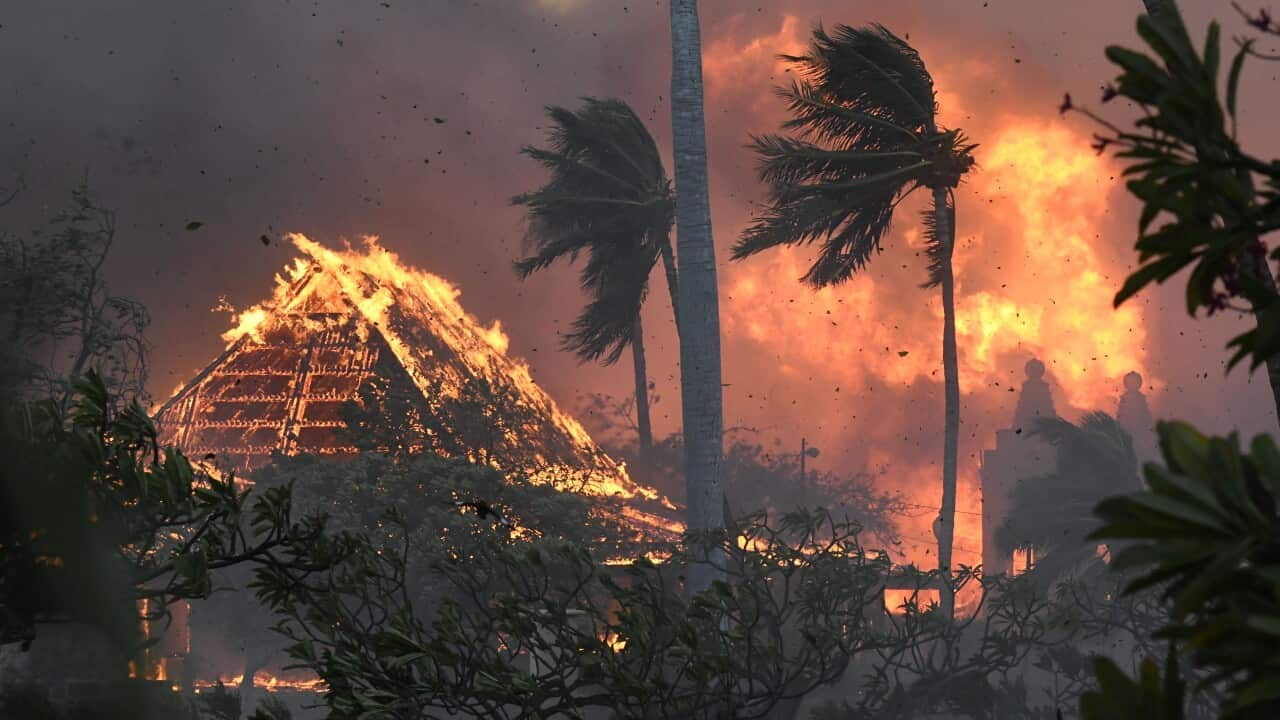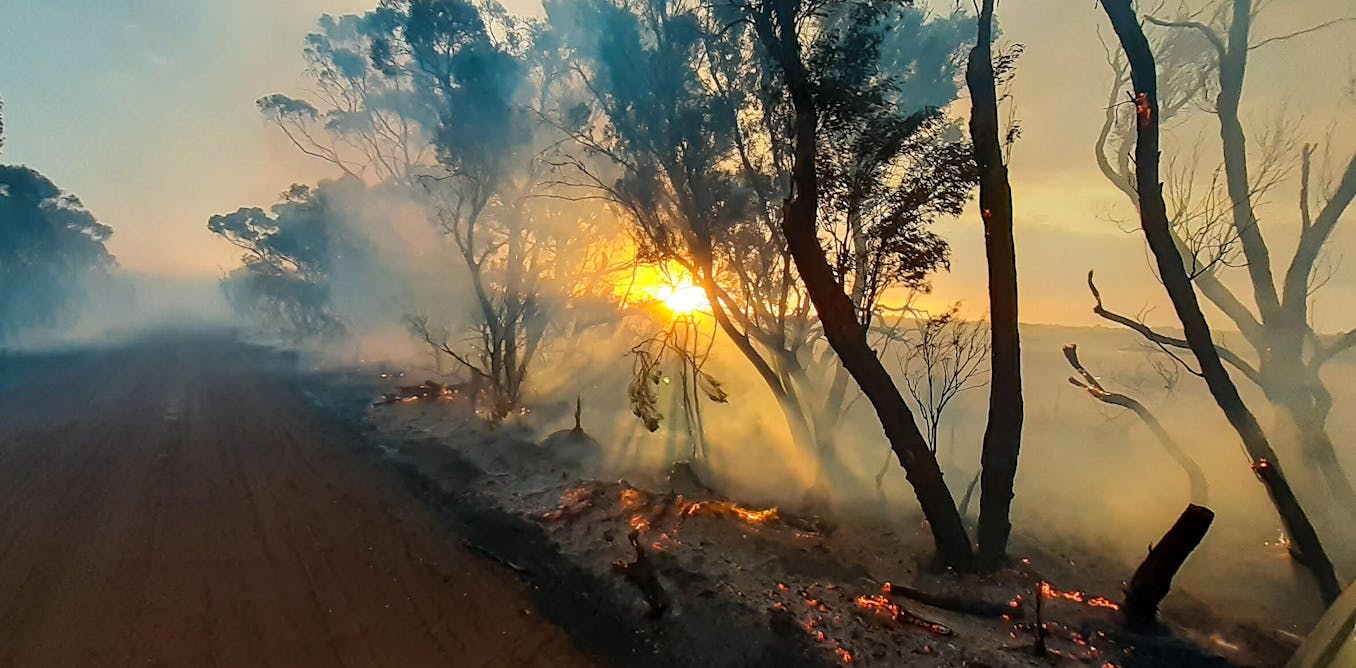Comprehending the Value of a Thorough BAL Assessment Report
Comprehending the Value of a Thorough BAL Assessment Report
Blog Article
Crucial Tips for Bushfire Management to Guarantee Fire Security

Recognizing Bushfire Danger Degrees
Comprehending the varying levels of bushfire risk is crucial for effective planning and prep work in mitigating possible threats to lives and buildings. Bushfire risk degrees are usually classified based upon elements such as weather, fuel accessibility, topography, and historical fire behavior. By comprehending these risk people, levels and communities can proactively implement techniques to reduce susceptability and boost strength when faced with possible bushfire events.
The very first degree of bushfire risk is low danger, where the probability of a bushfire taking place and causing significant harm is marginal. This level commonly happens during periods of reduced temperatures, modest moisture, and very little wind rates. Moderate danger levels indicate an increased potential for bushfires due to rising climate condition or gas schedule. High-risk degrees represent a considerable risk, with problems for quick fire spread and extreme fire behavior. Extreme threat degrees are the most critical, posing unavoidable threat to lives and homes as a result of serious climate condition and highly combustible gas.
Understanding these bushfire risk degrees enables stakeholders to customize their readiness and reaction actions as necessary, making sure a efficient and proactive technique to bushfire administration.
Developing a Defensible Space
Reliable bushfire monitoring begins with establishing a defensible area around properties to boost protection against possible fire threats. A defensible area is a buffer area that produces a barrier between a framework and the bordering combustible vegetation. This space works as an essential line of protection, giving firemens a secure area to operate and helping to reduce the danger of a fire infecting the property.
When developing a defensible room, it is necessary to take into consideration the format of the building and the bordering landscape. Clearing up greenery, particularly very combustible plants, within a certain span of the home can help protect against the fast spread of fires. Furthermore, maintaining a well-irrigated zone around the property can even more improve its defensibility.
Normal maintenance of the defensible space is vital to guarantee its performance. This includes trimming looming branches, getting read here rid of dead vegetation, and maintaining the location devoid of debris. By investing time and effort right into creating and keeping a defensible room, homeowner can significantly enhance their chances of safeguarding their homes and assets during a bushfire.
Applying Fire-Resistant Landscape Design
When designing landscapes to mitigate the threat of bushfires, incorporating fire-resistant components is important for boosting home protection and decreasing fire threats. Select plants with high wetness material, reduced oil material, and marginal dead plants to lower the danger of fire spread.

Developing an Emergency Situation Discharge Strategy
Establishing a comprehensive emergency discharge strategy is essential for ensuring the safety and security and health of individuals throughout possible bushfire occurrences (BMP). An efficient evacuation plan must outline clear treatments you can try here to comply with in the event of a bushfire threat, consisting of assigned discharge paths, assembly factors, and communication methods
To begin developing an emergency evacuation strategy, it is vital to examine the details dangers and susceptabilities of your location. Identify numerous emptying routes that result in secure locations away from the fire, considering elements such as surface, roadway availability, and potential risks. Establish communication networks to sharp locals of an impending discharge, utilizing approaches such as alarms, message signals, or door-to-door alerts.
Frequently testimonial and practice the discharge plan with all locals or area participants to ensure everyone recognizes their roles and responsibilities. Conduct drills to test the performance of the strategy and make any necessary modifications. By having a well-prepared discharge plan in position, you can boost the chances of a safe and organized discharge during a bushfire emergency situation.
Keeping Fire Security Tools
After developing a thorough emergency emptying strategy for bushfire events, it is important to prioritize the regular maintenance of fire security tools to browse around here make sure ideal functionality and preparedness. Normal upkeep of fire safety devices such as fire extinguishers, smoke detectors, smoke alarm, and sprinkler systems is crucial in safeguarding lives and building during a bushfire. When required., conducting routine assessments, screening, and servicing of these devices by qualified professionals is important to ensure they are in functioning order.
Fire extinguishers must be checked frequently for pressure degrees, visible damage, and correct performance. By carefully keeping fire safety and security devices, people can boost their readiness and reaction abilities in the occasion of a bushfire.
Final Thought
Finally, efficient bushfire management involves understanding danger degrees, developing defensible rooms, carrying out fireproof landscape design, creating evacuation plans, and preserving fire safety and security tools. By following these crucial suggestions, people can ensure far better fire security and security for their communities and residential properties. It is very important to focus on aggressive procedures to mitigate the dangers related to bushfires and to be planned for emergencies.
By recognizing the subtleties of bushfire risk degrees, developing defensible spaces, carrying out fireproof landscape design, developing extensive discharge strategies, and making certain the upkeep of fire safety devices, neighborhoods and individuals can considerably bolster their strength against the devastations of wildfires - Bushfire Risk. These suggestions are not just important for safeguarding versus prompt fire dangers yet also for fostering long-term fire defense methods that can make a substantial distinction in the face of intensifying bushfire dangers
High-risk degrees indicate a substantial danger, with conditions helpful to rapid fire spread and severe fire behavior. Routine maintenance of fire safety equipment such as fire extinguishers, smoke detectors, fire alarms, and lawn sprinkler systems is critical in securing lives and property throughout a bushfire.In verdict, effective bushfire monitoring includes comprehending risk levels, developing defensible spaces, implementing fireproof landscaping, establishing discharge plans, and keeping fire safety devices.
Report this page